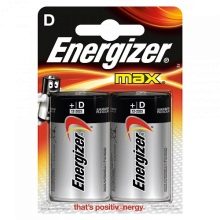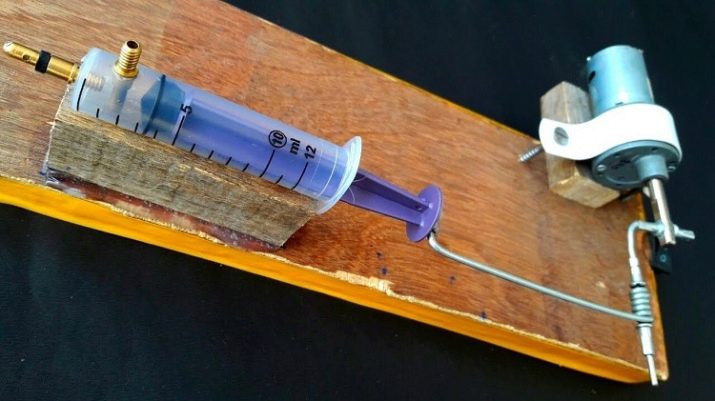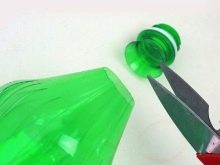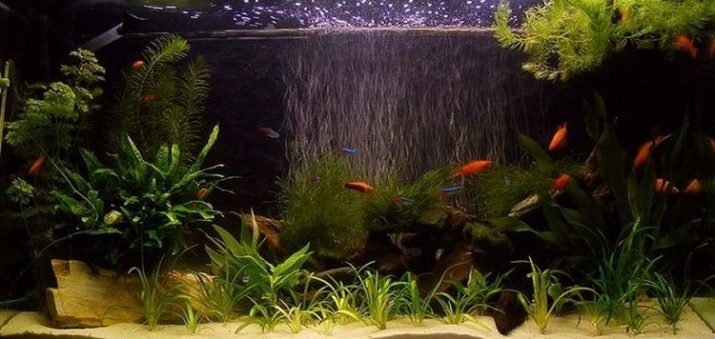Making a compressor for an aquarium with your own hands

The life of a home aquarium is unthinkable without high-quality enrichment of water with oxygen. For this, specialized compressors of the membrane or piston type are used. In a situation where it is difficult to buy a unit, you can make it yourself. In a home environment, it is easiest to make a mechanical compressor that works without an electric motor. However, if you put in a little effort, then more complex devices will be on your shoulder.

Requirements for homemade compressors
A homemade compressor is required to perform certain functions.
- Provide a stable oxygen supply. In natural conditions, oxygen enrichment is carried out due to the flow of water. In an aquarium, the process is carried out by living vegetation through photosynthesis. But - this is during the day, and at night vegetation and animals consume oxygen, at the same time emitting carbon dioxide, and in this situation you cannot do without an oxygen blower for the aquarium.
- Create an artificial flowwhich prevents the liquid from stagnating and becoming a swamp. This happens due to the accumulation of a huge volume of food fragments and the life of the inhabitants, falling into the water of fine debris and dust, a film formed on the surface, and a low concentration of oxygen.
- Also a homemade aquarium compressor is imperative to moderate air flow control... It is advisable to calculate in advance the power of the built-in electric motor from the formula 0.5 l / h per liter of water.
It is recommended to install a blower with a minimum voltage (no more than 12 V) in the aquarium.



Tools and materials
At home, you can build an air blower for an aquarium yourself using available tools. To create a conventional mechanical air compressor you will need:
- car pump (manual, from a bicycle will do);
- a silicone tube (an excellent solution is a tube from a dropper);
- 3-way valve;
- a mechanism for squeezing the tube (you can use a clip from a dropper);
- clamps;
- car camera (for a small tank up to 80 liters, a soccer ball is enough).



For a battery-powered device with a cooler, you will need:
- not very large PET bottle;
- small electric motor (a cooler from a computer fan is perfect);
- dropper tube;
- glue (it is advisable to use instant action);
- wiring;
- batteries;
- battery box (a box for placing batteries with an on / off button).



To make a 4-chamber mini air compressor, you will need the following tools and materials:
- Large-mouth PET bottle - 4 pieces;
- round balloon - 4 pieces;
- elastic bands - 4 pieces;
- syringe for 5 micrograms - 4 pieces;
- plastic 10x15 centimeters in size - 1 piece;
- PET bottle cap - 1 piece;
- a piece of plastic measuring 5x5 centimeters - 1 piece;
- paper clips - 5 pieces;
- dropper - 1 piece;
- gearbox with a motor - 1 piece;
- switch - 1 piece;
- battery - 1 piece;
- wires - 2 pieces;
- electric soldering iron;
- knife;
- Super glue;
- hot melt glue.



Manufacturing process
There are many options for creating a compressor, but we will consider the most simple ones.

Conventional mechanical supercharger
The assembly is quite simple and includes several steps.
- Remove 3 tubes taken from the dropper from the 3-way valve. They are fixed to the tee by means of clamps.
- Connect one to a car or bicycle pump.
- Connect the second with a ball or a car camera (you need to remove the nipple from them in advance).
- In the remaining pipe, solder the free end and pierce several small holes in a circle (it will be used as an aerator). To prevent the tip from floating, a small weight must be tied to it.
The work of the device is carried out in this way: the pump pumps air into the chamber, then the clamp on the branch pipe is slightly loosened, and small bubbles begin to gradually leave through the sprayer into the aquarium (by means of the clamp, the feed rate can be adjusted).


Advantages and disadvantages
The main disadvantage of a home-made mechanical compressor is that for its operation you need to pump up the chamber every day (sometimes several times a day). Another disadvantage is the impossibility of using such a device in large containers. You won't be able to leave the device for a couple of days without supervision either.
The pros are:
- Quiet work. Compared to piston and diaphragm units, it does not make any noise, which makes it ideal for setting up the aquarium in the bedroom.
- Autonomous from the electrical network. Even in the event of a power outage, this will not affect the life of the fish at all.
- Long service life. Due to the absence of electromechanized units, the time of use of this device is almost unlimited.


Battery powered with cooler
When it is necessary to transport the aquarium with its inhabitants for a long time, the question may arise how to provide the fish with oxygen along the way. It will not work to take with you a stationary device operating from the mains. A homemade mechanical air blower is also not suitable, since it is too bulky. In this case, you can make a battery operated compressor for your aquarium.
Along with mobility, the great advantage of this unit is that it is almost silent.

The procedure for manufacturing a compressor is as follows:
- cut a plastic bottle into 2 halves;
- solder or screw 2-f wiring to the cooler motor;
- use superglue to secure the engine inside the bottle;
- insert a branch pipe into the neck of the bottle (the free end must be sealed in advance and pierced at several points with a thin needle - it will act as a spray in the aquarium);
- connect the wires to the battery pack;
- Align the halves of the bottle together by wrapping the junction with tape.
It must be remembered that a powerful motor can significantly harm the inhabitants of the aquarium. Moving liquid at high speed will disrupt all life processes of the fish, as a result of which they may die.


4-chamber compressor for aquarium
The manufacturing procedure is as follows.
- We cut off the lid of a plastic bottle with a neck. Remove bumps and plastic strip. We turn off the lid from the part of the bottle.
- Cut out a round part from the balloon and divide it into 2 parts. We fix one part of the ball with elastic bands on the neck of the bottle.
- We carefully tighten the ball and cut off the excess that sticks out more than 2 millimeters from the elastic.
- On the covers, we outline 2 points of the socket type and use a soldering iron to make holes. We remove irregularities.
- Cut out strips 0.5x1 cm from the rest of the balls. We glue them to the lids on one side of the hole. In this case, we glue one strip on the outside of the lid next to one hole (this will be the outlet valve), and the second - inside the lid already near the second hole.
- At the syringe, cut off the area where the needle is fixed, and glue it to the outlet valve using hot melt glue.
- We combine the necks and lids with each other - these will be mini-compressor chambers.
- We glue mini-cameras on the base, 2 from each edge. In the center of the base, glue the bottle cap with the hole down.
- We cut out 2 circles with a diameter of 2 cm from plastic.On one side we make a hole and thread the aligned paper clip halfway. We fix the remaining part with glue to the circle.
- We take the engine with a gearbox and glue circles with staples on the side protrusions. We apply a large amount of glue in order to secure the circles to the maximum.
- We combine the gearbox with the cover, which was fixed in the center of the base.
- Cut the cotton swab into 4 pieces. Straighten the paperclip and loop at one end.
- Insert part of the cotton swab into the loop. Then we wind the thread on it and soak it with superglue.
- We put the loop on the gearbox, measure the distance to the free cover. Before removing the excess, wrap the edge, glue it to a small piece of plastic. After a while, when everything froze, we connect it with a mini-supercharger.
- After connecting all the staples to the gearbox, bend the tip on the drive to fix it. We solder the wires to the motor. We glue the battery, switch and solder the wires.
- From a segment of a dropper, we construct a connection for 4 nozzles, which we cut in advance. To do this, we create holes in the container using a soldering iron.
- We connect one end of the pipe to the edge of the syringe, and insert the other into the dropper. We fix them with hot glue and glue the dropper to the base next to the battery. The mini blower is ready.



Useful Tips
Mostly the aquarium is placed in those rooms where people regularly visit. The first step is to take into account that the unit must work non-stop, and therefore the quality of its creation should not be neglected. If you made an apparatus using an electromagnet that generates excessive noise, then such a unit can be hidden in a closed bedside table. This requires a long duct. In addition, the aquarium compressor can be supplied in packaging from old photographic film, which will help to reduce the force of the shock wave. A wooden box will cover the structure from views and affect sound insulation.
The owners of round aquariums should not forget that in this type of construction, too powerful equipment can negatively affect the life of the fish.Their health will be jeopardized by the rapid circulation of fluid. Actually, this is considered an important aspect according to which a low power device is preferable for round aquariums.
The essential fact is that if there is a large amount of vegetation in the aquarium, the use of a compressor during the day is not necessary... Basically, it is launched only at night, when the vegetation stops producing oxygen and, along with the fish, begins to consume it.
So that when the unit is turned off, water is not poured into it due to the reverse thrust, you need to put a check valve on the branch pipe going towards the sprayer.

You can learn how to make a smart stand-alone compressor for an aquarium with your own hands by watching the video below.








